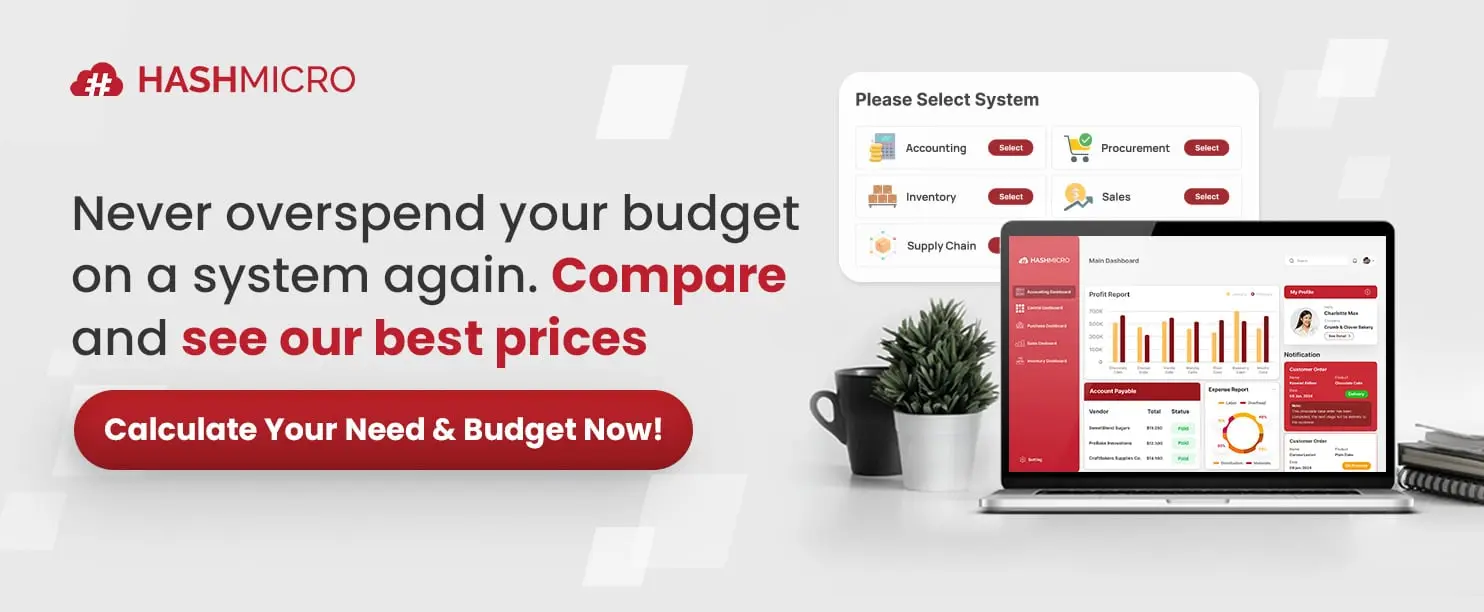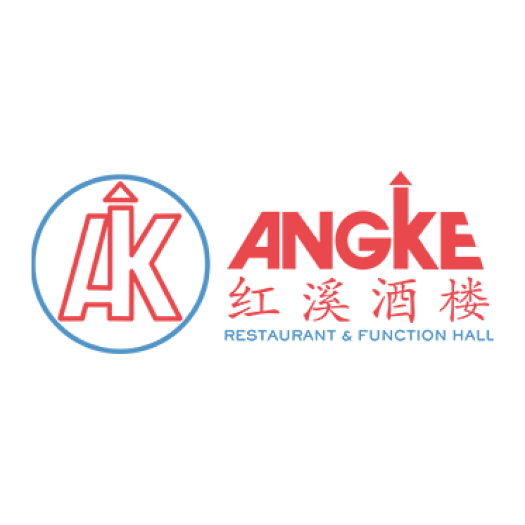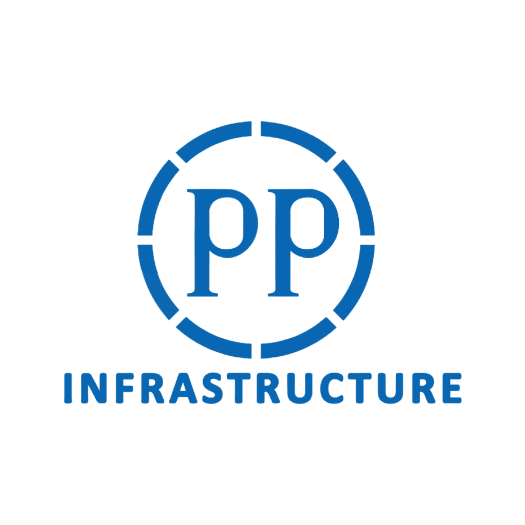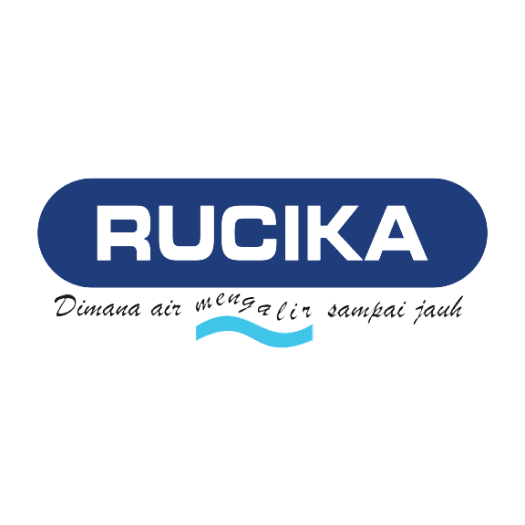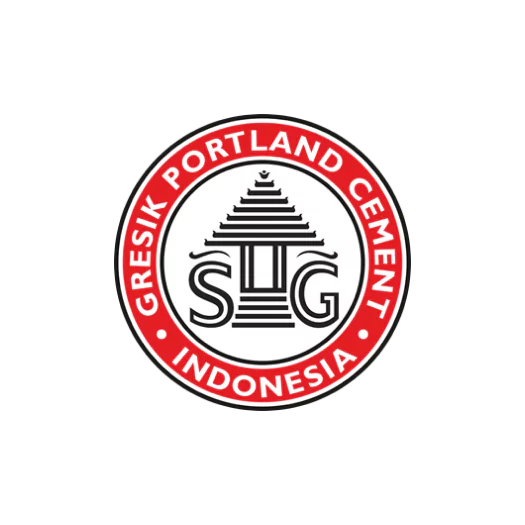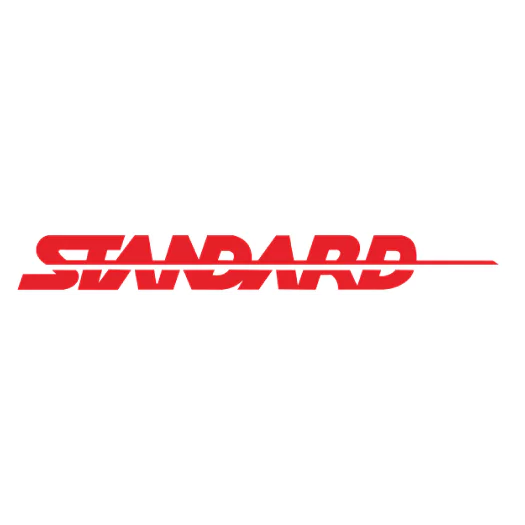Every wasted minute on the production floor translates into lost revenue and missed opportunities. Lean manufacturing offers a proven way to turn waste into value, giving businesses a sharper competitive edge.
However, many executives in Malaysia still face challenges balancing efficiency with demand fluctuations and workforce management. Without a structured approach, operational inefficiencies can quickly scale into costly problems.
Research shows that manufacturers experience defect reductions averaging 80%, resulting in significantly higher first-pass yield rates. This quality improvement directly translates to reduced rework costs and higher customer satisfaction.
This article explores the foundations of lean manufacturing and its five guiding principles. Read on to see how these strategies can help your business operate with greater speed, precision, and resilience.
Key Takeaways
|
What is Lean Manufacturing?
Lean manufacturing is a systematic approach to production that focuses on maximising efficiency while reducing waste across every stage of operations. In simple terms, anything that does not add real value, something customers are not willing to pay for, is considered waste and must be eliminated.
By applying lean manufacturing principles, companies can enjoy significant benefits such as shorter lead times, lower operating costs, and enhanced product quality. Many businesses also combine this with agile manufacturing and just-in-time production to remain flexible and responsive to changing market demands.
Also known as lean production, this methodology has gone beyond traditional factories and is now applied in industries like healthcare, software development, and services. With the right lean manufacturing tools, organisations can create a culture of continuous improvement that keeps them competitive while delivering better value to customers.
How Does Lean Manufacturing Work?
At its core, lean manufacturing works by continuously eliminating waste to improve processes and create lasting value for the customer. By applying lean manufacturing principles, businesses can ensure that every activity, resource, and effort directly contributes to efficiency and customer satisfaction.
Waste in this context includes any process, service, or activity that consumes time, money, or skills without adding value. Common examples include excess inventory, underutilised talent, and inefficient procedures, all of which lean manufacturing tools are designed to address.
When these inefficiencies are removed, companies can streamline their operations, cut unnecessary costs, and achieve greater savings throughout the supply chain. In practice, many firms also integrate agile manufacturing and just-in-time production to stay responsive, flexible, and competitive in today’s fast-changing market.
5 Lean Manufacturing Principles
To truly understand how lean manufacturing works in practice, it is essential to look at the five core principles that form its foundation. These principles serve as a guide for businesses to eliminate waste, streamline processes, and deliver maximum value to customers.
Below are the five key lean manufacturing principles that every organisation should know and apply:
1. Value
The first principle of lean manufacturing is defining value from the perspective of the customer. Value reflects how much customers are willing to pay for a product or service, making it the foundation of all lean manufacturing principles.
To meet this expectation, businesses must eliminate unnecessary costs and waste while maximising efficiency and profitability. By doing so, companies can deliver products at an optimal price without compromising quality or performance.
2. Map the value stream
Mapping the value stream requires analysing every step involved in creating a product or service, from sourcing raw materials to delivery and even disposal. This principle highlights areas of waste and inefficiency that can be removed to ensure smoother operations.
In today’s complex environments, manufacturing often involves cross-functional teams of engineers, designers, and scientists, making value stream mapping even more critical. Lean manufacturing tools are often applied here to align the supply chain and create greater transparency for continuous improvement.
3. Create flow
Once waste has been identified and removed, the next step is to create a seamless flow across processes. Establishing flow minimises delays, prevents bottlenecks, and ensures that production or service delivery moves at a consistent pace.
Without flow, businesses risk interruptions that increase costs and reduce customer satisfaction. Agile manufacturing and just-in-time production strategies are often integrated here to keep operations flexible and responsive to demand changes.
4. Establish a pull system
A pull system ensures that production only begins when there is actual customer demand, rather than relying on inaccurate forecasts. This reduces the risk of overproduction, excess inventory, or wasted resources often seen in push-based systems.
By adopting this approach, companies can align production with real-time demand, lowering warehousing costs and improving customer satisfaction. Effective communication, flexible scheduling, and the right lean manufacturing tools are key to making a pull system work successfully.
5. Perfection
The final principle of lean manufacturing is the continuous pursuit of perfection, often referred to as Kaizen. This means consistently assessing processes, measuring key metrics, and eliminating inefficiencies to achieve a more effective value stream.
True perfection is never fully reached, but a culture of ongoing improvement keeps businesses competitive and innovative. For long-term success, this mindset must be embraced at every level of an organisation, from frontline employees to top executives.
8 Wastes of Lean Manufacturing
In lean manufacturing, one of the most important steps is to identify and eliminate waste that does not add value to the customer. Originally introduced in the Toyota Production System, these wastes highlight inefficiencies that increase costs, reduce productivity, and prevent businesses from reaching their full potential.
Below are the eight key wastes every organisation should be aware of:
- Unnecessary transportation: Excessive movement of products or materials between processes creates delays and increases costs without adding value. Lean manufacturing focuses on optimising layout and logistics to minimise this waste.
- Excess inventory: Holding more stock than needed ties up capital, requires extra storage, and risks obsolescence. Just-in-time production helps reduce this waste by ensuring inventory matches actual demand.
- Unnecessary movement: When people, equipment, or machines move more than required, time and energy are wasted. Streamlined workflows and lean manufacturing tools can help minimise this inefficiency.
- Waiting: Idle workers or equipment represent lost productivity and higher costs. Applying agile manufacturing principles ensures smoother scheduling and reduced downtime.
- Overproduction: Producing more than what is demanded leads to excess stock, storage costs, and potential waste. Lean manufacturing encourages producing only what customers actually need.
- Overprocessing: Adding unnecessary features or steps in production consumes resources without increasing customer value. Businesses should focus on what customers truly value and eliminate all non-essential processes.
- Defects: Errors or flaws require costly rework, wasted materials, and time delays. Lean manufacturing tools such as quality checks and standardised processes help minimise defects.
- Unused talent and ingenuity: Failing to use the skills, creativity, and insights of employees results in missed opportunities for improvement. A strong culture of lean manufacturing empowers people at all levels to contribute ideas for efficiency and growth.
By leveraging the right technology, manufacturers can address these eight wastes more effectively and create a leaner, more profitable operation. HashMicro’s ERP Manufacturing System provides integrated tools to optimise production planning, control inventory, reduce manufacturing overhead, and enhance quality management.
With its AI-powered features and seamless ERP integration, your business can minimise inefficiencies and achieve higher productivity. Click the banner below to get the best pricing calculation for your company’s needs.
Advantages and Disadvantages of Lean Manufacturing
Lean manufacturing carries both advantages and disadvantages, depending on how effectively it is applied within an organisation. While the system focuses on eliminating waste and maximising efficiency, its impact can vary based on company culture, resources, and long-term goals.
To better understand its potential, let’s look at the main benefits and challenges businesses may face.
Advantages of Lean Manufacturing
1. Saves time and money
One of the most definitive advantages of lean manufacturing is cost efficiency. Through lean manufacturing principles such as just-in-time production and waste reduction, businesses can cut down on unnecessary expenses.
Faster workflows and better resource allocation reduce lead times, ensuring customers receive products quickly. This not only improves efficiency but also lowers operational costs, making it beneficial for companies of all sizes.
2. Environmentally friendly
By removing unnecessary processes and optimising energy usage, lean manufacturing tools help companies reduce their environmental footprint. More efficient equipment and sustainable practices lead to lower energy consumption and fuel costs.
This approach supports corporate responsibility initiatives while contributing to long-term savings. In Malaysia, where industries are increasingly expected to adopt sustainable practices, this benefit aligns well with market demands.
3. Improved customer satisfaction
Delivering the right product at the right cost and time significantly boosts customer satisfaction. Agile manufacturing strategies combined with lean principles ensure that businesses can meet customer expectations consistently.
Happy customers are more likely to make repeat purchases or recommend your brand to others. In today’s competitive markets, this advantage can be the deciding factor in long-term success.
Disadvantages of Lean Manufacturing
1. Employee safety and wellbeing
Critics argue that lean manufacturing sometimes overlooks employee welfare in its pursuit of efficiency. By focusing heavily on removing waste and streamlining tasks, employees may face increased pressure with little room for error.
This can cause stress and fatigue, reducing workplace satisfaction. Without proper balance, the human element may be compromised in exchange for operational gains.
2. Hinders future development
The emphasis on cutting waste can cause businesses to neglect areas vital for future growth. Lean manufacturing tools may encourage management to prioritise short-term efficiency over long-term innovation.
Important projects or departments not aligned with current strategy may be scaled down or eliminated. This short-sighted approach could hinder legacy development and limit a company’s potential for expansion.
3. Difficult to standardise
Lean manufacturing is often described as a culture rather than a fixed methodology. Unlike rigid frameworks, its flexible nature makes it difficult to create a universal model that applies across industries.
For some companies, this can create the perception that lean is vague or inconsistent. As a result, adopting lean manufacturing principles may feel less structured compared to traditional production methods.
Lean Manufacturing Tools
Lean manufacturing tools provide the practical methods that companies can use to put lean manufacturing principles into action. By combining these tools with agile manufacturing and just-in-time production strategies, companies can achieve higher efficiency, lower costs, and improved quality.
- Control charts: Control charts are used to monitor workflows and identify variations in the production process. This ensures that issues are detected early, allowing teams to maintain consistency and prevent costly errors.
- Kanban boards: Kanban boards are visual tools that display tasks, workflows, and progress clearly. They promote transparency, support just-in-time production, and help businesses adjust quickly to changes in demand.
- 5S methodology: The 5S methodology focuses on organising the workplace into five steps: Sort, Set, Shine, Standardise, and Sustain. This creates a clean, efficient, and safe environment that supports lean manufacturing principles.
- Multi-process handling: Multi-process handling involves training workers to perform several tasks within the production flow. This increases flexibility, reduces delays, and strengthens overall team productivity.
- Error proofing (Poka-Yoke): Poka-Yoke, or error proofing, helps prevent mistakes before they occur in production. By designing systems that guide operators, it minimises human error and boosts quality.
- Rank order clustering: Rank order clustering analyses production flow to identify the most efficient sequence of tasks. It helps businesses streamline complex processes and eliminate unnecessary steps.
- Single-point scheduling: Single-point scheduling assigns a central point in production to control workflow. This prevents bottlenecks and improves coordination across the entire manufacturing line.
- Single-Minute Exchange of Die (SMED): SMED is a method that drastically reduces setup times when switching between manufacturing processes. Faster changeovers mean better responsiveness to customer needs and higher efficiency.
- Total Productive Maintenance (TPM): TPM ensures that all equipment is maintained to prevent breakdowns and defects. This approach improves reliability, supports just-in-time production, and extends the lifespan of machinery.
- Value Stream Mapping (VSM): Value stream mapping is a visual tool that identifies waste and highlights opportunities for improvement across the production chain. It gives managers a clear picture to make strategic decisions.
- Work cell redesign: Work cell redesign involves arranging machines and workers to support continuous flow. This reduces transport time, shortens lead times, and enhances overall efficiency.
Optimize Lean Manufacturing with HashMicro’s Manufacturing Software
Adapting to fluctuating demand is one of the biggest challenges for manufacturers, especially when information is scattered across different systems. With HashMicro’s Manufacturing Software, companies in Malaysia can optimise lean manufacturing by integrating production planning, demand forecasting, and resource allocation in one centralised platform.
You can easily book a free demo and get a personalised consultation to see how the system fits your operations. It’s a no-risk opportunity to explore how you can improve production efficiency, minimise waste, and support just-in-time manufacturing.
Trusted by over 2,000 enterprises across Southeast Asia, HashMicro offers flexible features, strong local support, and seamless integration with ERP modules such as CRM, accounting, and supply chain management. The platform is built for Malaysia’s competitive manufacturing environment, where lean manufacturing principles and agile responses are essential.
Key features of HashMicro’s Manufacturing Software include:
- Manufacturing Production Scheduling: When production is scheduled based on demand history, businesses avoid overproduction and excess inventory. As a result, operations become leaner, costs are reduced, and customer needs are met on time.
- Secret Recipe / Bill of Materials (BoM): By managing every material and recipe accurately, errors and waste during production can be minimised. This leads to smoother workflows, consistent product quality, and more efficient resource allocation.
- Manufacturing Requisition Planning: When material requisitions are aligned with production schedules, raw materials arrive only when needed. This just-in-time approach prevents stockpiling, reduces storage costs, and supports lean manufacturing principles.
- Manufacturing Quality Control: By monitoring quality at every stage, defective products are identified early before reaching the customer. This not only saves time and resources but also strengthens customer trust and satisfaction.
- Finished Goods Production Simulation: When production outcomes are simulated beforehand, managers can anticipate delays and bottlenecks. As a result, proactive adjustments improve planning accuracy and keep the process lean.
- Manufacturing Gantt Chart Schedule Management: By visualising tasks and timelines in a Gantt chart, businesses gain clear insight into dependencies. This clarity allows managers to allocate resources efficiently and minimise downtime.
- Manufacturing Cost Actualization: When actual production costs are tracked in real time, financial leaks can be quickly identified. This leads to more innovative budgeting, reduced unnecessary spending, and healthier profit margins.
- Overall Equipment Effectiveness (OEE) Tracking: By measuring how effectively equipment is utilised, inefficiencies such as downtime or slow cycles become visible. Once addressed, productivity rises, and operational waste is significantly reduced.
- Production Order & Work Order Tracking: When every order is monitored in real time, delays and inconsistencies can be addressed immediately. This ensures production stays on track, reducing waste and maximising output.
- Real-Time Stock Input and Output for Production: By tracking material input and finished goods output instantly, managers gain accurate visibility of inventory movement. This transparency prevents shortages, reduces excess stock, and supports agile manufacturing decisions.
With the power of Hashy, our AI assistant, your team can automate repetitive tasks such as scheduling, work order tracking, and maintenance alerts. This allows you to focus on strategic improvements while the system ensures accuracy and operational continuity.
Conclusion
Lean manufacturing is more than just a cost-cutting strategy, a structured system built on five guiding principles to eliminate waste and maximise value. By applying these principles, companies can reduce lead times, improve quality, and operate with greater efficiency.
HashMicro’s Manufacturing Software is the ideal solution to put lean principles into practice, helping businesses cut waste, improve workflows, and achieve just-in-time production. With powerful features like real-time tracking, production scheduling, and AI automation, it empowers Malaysian manufacturers to boost productivity and profitability.
Ready to see the impact on your own operations? Book your free demo with HashMicro today and discover how our manufacturing solution can transform your business with efficiency, precision, and confidence.





